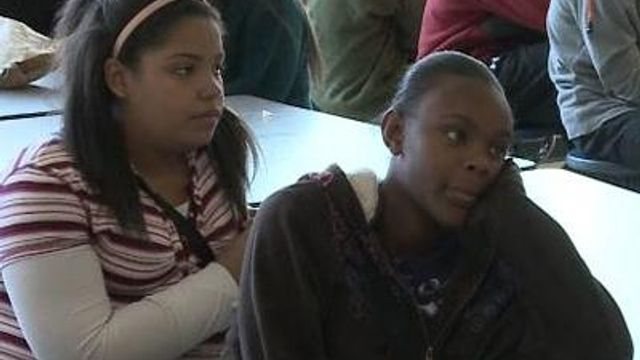Wake schools pitching leadership academies to students
Wake County Public School System administrators are focusing their efforts on eighth-graders to promote the district's two leadership academies opening in the fall.
Applications for the Wake Young Men's Leadership Academy and Wake Young Women's Leadership Academy – alternatives to traditional schooling – are due Jan. 13. The application includes an essay, letters of recommendation and an interview.
Each school, expected to have 150 students, will feature small class sizes, advanced courses and specialized leadership training.
Students wanting to play sports can try out for Broughton High School teams.
Ian Solomon, the principal at Wake Young Men's Leadership Academy, said Thursday that the schools are looking for potential leaders – not necessarily students with perfect grades.
"Really, someone who is committed to academic excellence and is driven to be successful – that is the type of student we're looking for," Solomon said.
Right now, the academies are enrolling upcoming sixth-, seventh- and ninth-grade students. Eventually, they will have all middle-school and high-school levels.
Solomon said the schools are not ROTC-based programs but programs focused on getting all students college-ready from the start of middle school.
High school students will be able take college courses starting their junior year and can accumulate up to two years of college credit.
The school system is working out final details to put both leadership academies on the William Peace University campus in Raleigh, so students get even more of the college experience.
"We do want our schools to reflect what our other schools in Wake County look like, and we do have a particular emphasis on 50 percent of our students being first-generation college students," Solomon said.












